The Clubhouse app has been making headlines as the next big social platform. Which means it’s time for brands and marketers to check it out, get a feel, and decide whether they should be joining in, too.
That said, Clubhouse is so new that brands also have to figure out how to join in.
To help, we’ve put together this overview of the fledgling platform, as well as its pros and cons from a marketing perspective.
We’ll also look at use cases and examples of early-adopter brands that are making interesting moves on the platform.
Bonus: Get a free, customizable competitive analysis template to easily size up the competition and identify opportunities for your brand to pull ahead.
What is the Clubhouse app?
Clubhouse is a “drop-in audio app.” That means no video, not much text, and as far as images go, all you get is a profile pic. Plus, the conversations are live and ephemeral, so nothing is pre-recorded, and nothing is archived.
For users, the experience is something in between a podcast and a conference call. You can enter “rooms,” where people (up to 8000) gather to talk about specific topics (often for an hour, but sometimes for a lot longer). The app is about live conversation, not static content.
Quick Clubhouse stats
The Clubhouse app debuted in March 2020, but it didn’t join the App Store until September 2020. And while its numbers pale in comparison to “old social media” platforms, its growth since September has been remarkable.
- It’s small: as far as user base goes, 2 million weekly users is the most commonly quoted number. (By comparison, TikTok has 689 million active users, and Twitter has 353 million.)
- It’s growing fast: On February 1, 2021, Clubhouse had been downloaded 3.5 million times. By February 16, 2021, that number was 8.1 million.
Source: AppAnnie
- It’s got plenty of room to grow: Clubhouse is invite-only, and iOS-only, so even without the invite system, 72% of global mobile users don’t have access yet.
- Investors say it’s worth a lot of money: the company has around a dozen employees and is valued at 1 billion USD.
How to use the Clubhouse app
Now you know its history, but how does the Clubhouse app actually work? Here’s a quick and easy guide to navigating the app.
Track down an invitation
How to join Clubhouse: first, you’ll need an invite. Perhaps savvy friends or colleagues have a spare. If you’re patient, you can also just download the app and sign up for the waitlist.
Create your profile
Profiles are pretty bare bones on Clubhouse. Here are some facts to keep in mind as you build yours out:
- Your profile pic is the only image you’ll be using here;
- Your bio is the only text you’ll be using (and only the first three lines are above the fold, so focus on those);
- There are no clickable links, except to your Instagram and Twitter profiles (those are important if you want people to be able to find you and get in touch).
Expand your network
The app will prompt you to follow people: people from your contacts list, influencers, thought leaders, and other users who care about the same things you do.
Following people on Clubhouse means that you’ll be notified when they start rooms, and that you can invite them to start rooms with you.
(Be forewarned that the Clubhouse app, at the time of writing, will access your phone’s contacts—read more about the app’s privacy policies below).
Enter a room, or start one
On the Clubhouse app, a room is just a space where people are gathered to talk. Rooms can be public or private, or something in between. Within rooms, users have three different roles: moderator, listener or speaker.
The “stage” of a “room.”
When you first enter a room you’ll automatically be a listener, which means your mic isn’t on or available, and you won’t be able to contribute to the conversation unless you raise your hand (by tapping that icon in the bottom right) and a moderator (one of the folks with the green badge) invites you to the “stage.” Speakers, meanwhile, are people who are on the stage and allowed to speak, but aren’t moderators.
Anyone can start a room, but there’s certainly a learning curve to making it a good one. Clubhouse has some guidelines on hosting great conversations here.
Join a club, or start one
Meanwhile, clubs are interest-, identity- or industry-focused groups. Each club is essentially a conversation series curated by its creator. The club’s creator will schedule regular (e.g., weekly) conversations with relevant people in service of the group’s interests and needs.
Right now, each user can only create one club, so zero in on a relevant niche before you pull the trigger and create yours. For more information, read Clubhouse’s helpful FAQ on founding clubs, over here.
Pros and cons of Clubhouse for business
Ok, so now we’ve figured out the basics of using Clubhouse. But what should brands and marketers keep in mind as they explore their options here?
Pro: Clubhouse is new and exciting
A lot of older social platforms are gargantuan, saturated with ads, and as far as marketing strategies go there are a hundred best practices to keep in mind. Clubhouse is small, often surprising, and wide-open for experimentation.
Clubhouse’s relatively small audiences and ephemeral content mean that mistakes and missteps are par for the course here. It’s a good place for marketers to stress-test new messages, or talk to customers in ad-hoc focus groups. Rooms are groups of people who have self-selected by interest, and who are open to listening.
Plus, the buzz around the platform can translate to more attention for the brands that do show up before the rulebook is set in stone.
Con: The numbers aren’t there yet
In terms of both volume and measurement, Clubhouse isn’t going to break any records (yet).
No one knows yet exactly what success will look like for brands on Clubhouse, let alone what ROI will be. That said, for those who are settling in for the long haul and looking forward to charting their growth in five years, there are already a few different Clubhouse analytics apps and link shorteners popping up.
Pro: Clubhouse is for people, not brands
Because the app is for conversations, the concept of creating a brand profile on Clubhouse doesn’t flow in quite the same way as on other platforms. For instance, who will speak for the brand? An exec, a spokesperson, an improv comedian, Idris Elba? (And in that case, why does the exec, spokesperson, improv comedia, or Idris Elba not just make their own profile?)
Right now, there are a few brand profiles floating around (see Milk Bar, below) but you don’t really see them being active in rooms. It’s much more common to see people creating profiles, and name-dropping their employers or clients in their bios (see Milk Bar’s CMO, below.)
Brands on Clubhouse may well be better off elevating and empowering real people—whether that’s employees, CEOs, or outside influencers—to communicate and listen on their behalf.
Con: Live takes lots of effort
Most brands (audio-focused media publishers like NPR or Politico excepted) will probably find it’s not that easy to adapt pre-existing assets for this new platform. Instead, joining Clubhouse will be more about finding your voice. Or, perhaps, listening attentively, and helping to elevate other relevant voices.
Con (Pro?): Clubhouse is ad-free
Clubhouse has stated that ads won’t ever be a part of its business model. For most users, that’s a huge plus. It’s why Clubhouse harkens back to the early days of Instagram or Twitter, when those platforms were a space for genuine conversations and connections.
However, the lack of ads means integrating your brand into Clubhouse will take some imagination. Without ads, or even clickable links, it’s not a place to scale conversions or monitor your CTR. Really, the only direct sales path currently depends on funnelling audience members back to Instagram or Twitter.
Pro: The influencers are in the room
Influencers are moving into Clubhouse, but Clubhouse is also creating its own new breed of influencer, too. The app has announced an accelerator program that pays influencers to build their audiences and learn how to host great conversations. Meanwhile, so far Clubhouse’s only monetization feature is a tip jar button that allows users to send cash to their favourite creators.
On Clubhouse, influencers are more akin to speakers, panelists, or event coordinators, rather than designers, videographers, or spokesmodels. Thought leaders are coming over from podcasts, Twitter and Substack, because in live audio, ideas and substance matter more than youth, beauty, or dance moves.
As for market rates: Clubhouse is showing up on influencer platforms with rates for 60-minute sponsored rooms varying between $50 and $2500 USD, at the moment.
But this brings us back to the lack of analytics on Clubhouse: without stats beyond follower count, brands need to do a lot of heavy lifting to figure out how much influence an influencer really has.
Bonus: Get a free, customizable competitive analysis template to easily size up the competition and identify opportunities for your brand to pull ahead.
Con: Privacy questions
There have been a wide variety of complaints about Clubhouse’s privacy policies. Clubhouse is slowly working to correct them, but right now it looks like the company is playing catch-up.
For instance, though the app is nominally ephemeral, conversations are recorded (in case of reports of “Trust & Safety Incidents”) without any further information as to when they’re deleted or where they’re stored or who has access.
Other issues are cropping up, too. Does Clubhouse comply with GDPR? France and Germany aren’t so sure. Plus, the app requires access to every user’s contacts, which means that Clubhouse may well have your contact information even if you’ve never heard of it.
Con: Bullying, harassment, and abuse
Like all social media platforms, Clubhouse has been struggling with how to moderate hate speech and misinformation. So far, its solutions have been to introduce user controls that some users say are being used to further harass users who complain of harassment. Businesses who put brand safety at the top of their priority list might want to wait and see how Clubhouse evolves.
Pro: Loyalty and usage are impressive
According to a lot of reports, Clubhouse users are true converts. Because conversations aren’t recorded (or at least, not for public consumption), the FOMO is real. Rooms can last 50 hours, and it’s not uncommon for people to stick around for 8 hours at a time, or 40 hours a week.
Some liken the compulsion to sports vs. TV: fans will drop everything to watch their team in real-time, whereas The Queen’s Gambit will still be there tomorrow.
Con: Live conversation is tough for different time zones and languages
As anyone who’s ever tried to schedule a social media post knows, timing is everything. On Clubhouse, problems of time and language are exacerbated rather than solved.
Con: The clones are coming
Twitter’s announced its own version of Clubhouse, called Spaces, due out globally in April 2021. Discord has announced a Clubhouse-like feature called Stages. And Facebook also has an unnamed clone in development. Both of these incumbents have significant advantages in terms of user base over Clubhouse.
Many brands will prefer to address their existing audiences rather than build a whole new one on a new platform. So even if the live audio format claims a permanent space in the zeitgeist, there’s no guarantee that Clubhouse will remain the dominant platform.
Examples of top brands on Clubhouse
O.P.I.
In late march, nail polish company O.P.I. worked with beauty influencer Jaleesa Jaikaran to celebrate the brand’s 40th anniversary.
Room sponsorships like this—no hard sell, just a compelling host, some attractive prizes, and fun times—are one of the most accessible entrance points for brands looking to participate on the platform.
Source: Clubhouse
RBI (a.k.a. Tim Hortons, Burger King, Popeyes)
In mid-February, Restaurant Brands International used Clubhouse to hold a post-earnings call chat featuring their executives.
It’s interesting to note that while some of RBI’s subsidiary brands are known for cultivating a salty (sometimes too salty) social presence, brands like Burger King haven’t made an official Clubhouse profile, last time we checked.
This brings up other corporate use cases for Clubhouse, like employee townhalls. Google, for instance, has a private club for Googlers. In this way, Clubhouse could theoretically earn a place as an alternative to conference calls, Slack, or Zoom.
Politico
Washington, DC-based newsroom Politico hosts rooms that provide news and analysis on education, health care, technology, and their other fields of expertise.
For brands like this—ones that already have talking heads on staff—Clubhouse is a natural fit. What remains to be seen is how Clubhouse is going to expand or supplement Politico’s existing niche.
Left: Politico’s profile; Right: Politico’s club.
Pedigree
Source: Pedigree
Pet care brand Pedigree found a different angle on sponsoring a room. Working with creative agency BBDO NY, the brand hired moderators who are leaders in mental health discussions to lead conversations about the various mental, emotional, and physical health benefits of animal companions.
Twenty profiles of adoptable dogs were featured in the conversations, with Pedigree sponsoring the adoption fees.
Right now, Clubhouse is a great place to experiment with this kind of generous, attentive, organic marketing. And this is a great case in point for marketers who are feeling pressured “get in on the ground floor.”
Just remember: it will matter less that your brand got in early, and more that you got in for the right reasons.
Save time managing your social media presence with Hootsuite. From a single dashboard you can publish and schedule posts, find relevant conversions, engage the audience, measure results, and more. Try it free today.
Easily manage all your social media in one place and save time with Hootsuite.
The post What is the Clubhouse App? And is it Right for Your Business? appeared first on Social Media Marketing & Management Dashboard.
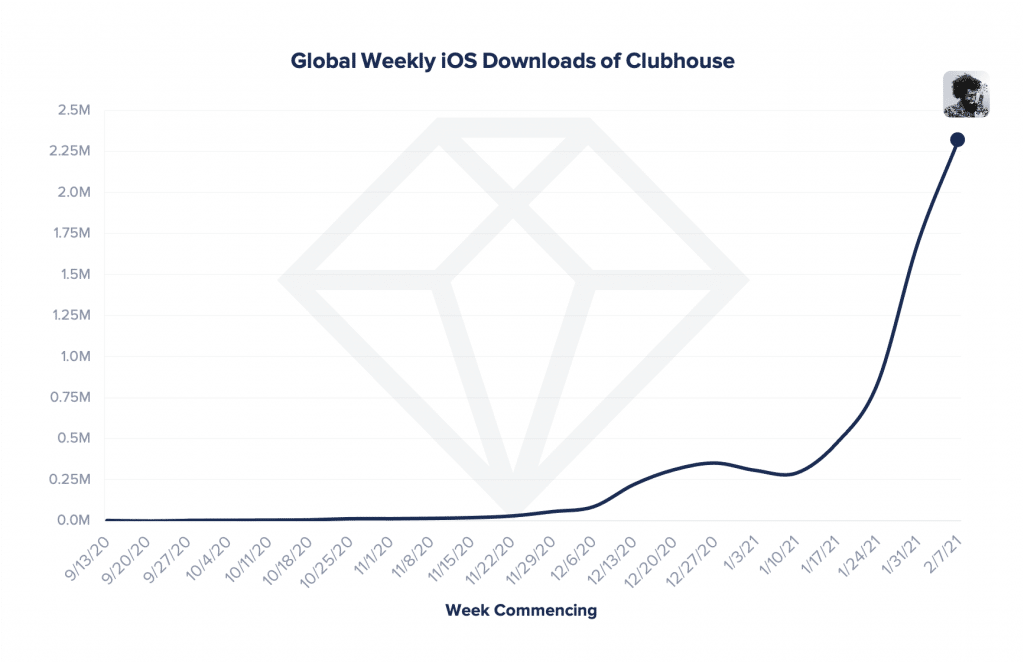
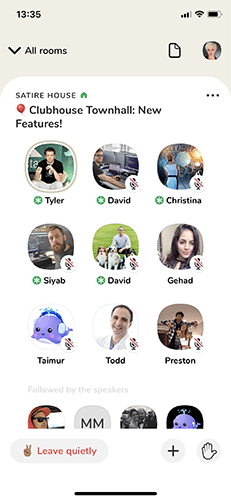
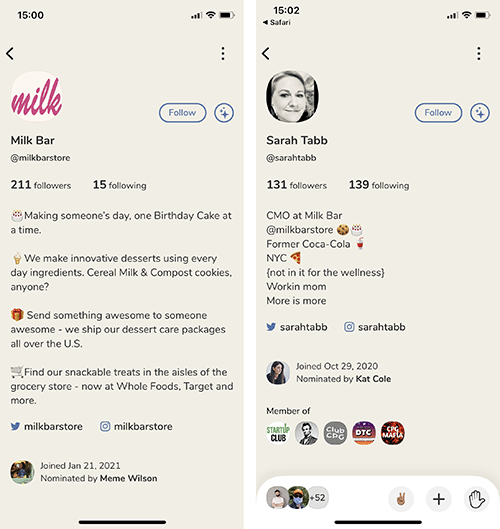
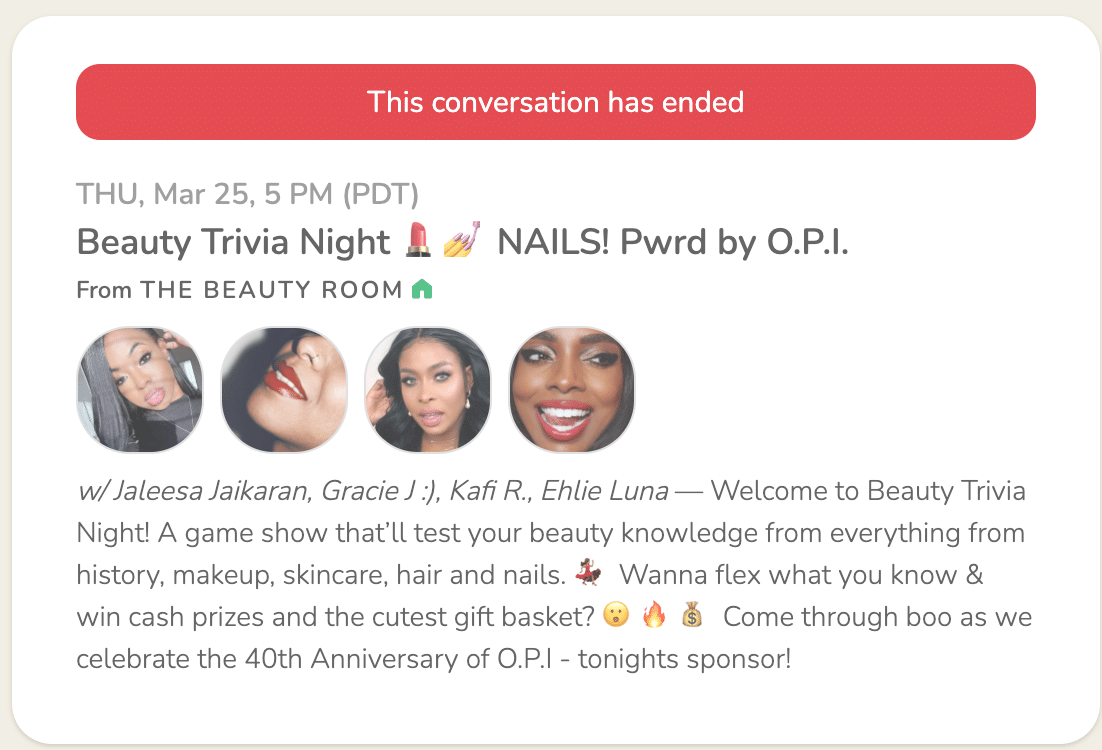
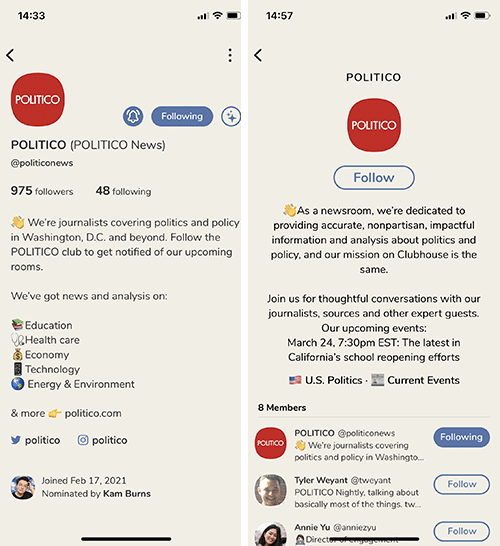
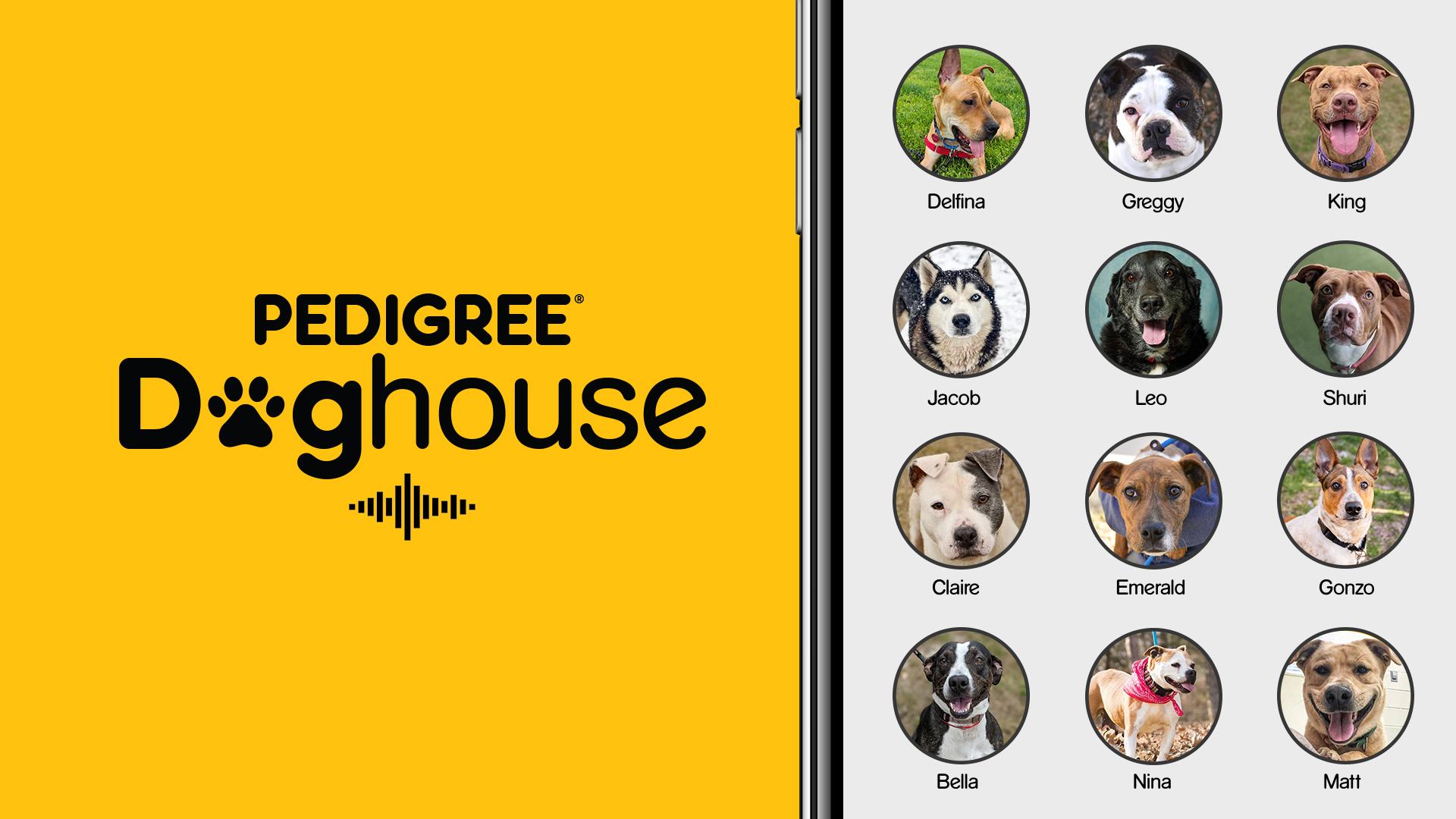




Recent Comments